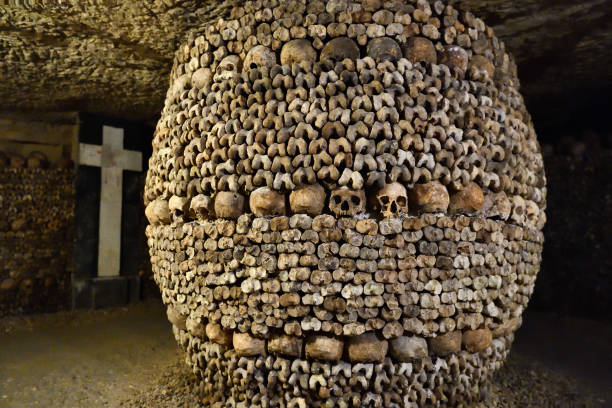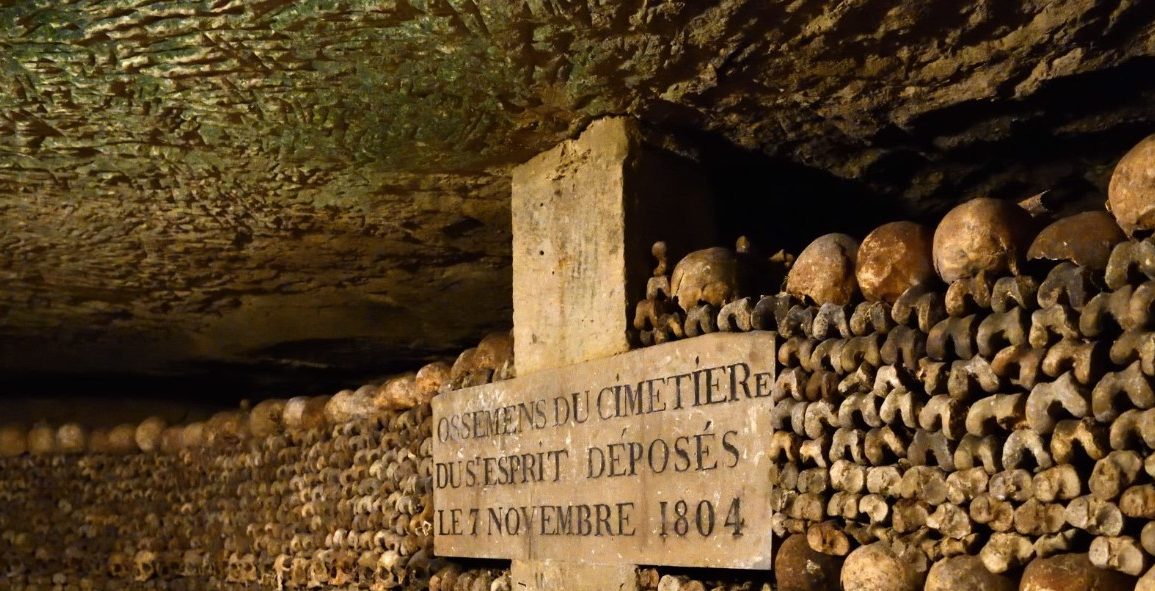Beneath the bustling streets of Paris, the bones of millions speak to centuries of history. In the Parisian catacombs, an extensive network of tunnels, the remains of around six million people have rested for over two centuries.
Now, a multidisciplinary team of researchers is delving into these remains to uncover stories of Paris’s past public health, diseases, and medical practices.
This is the first significant scientific study of the site, aimed at understanding how individuals died and what illnesses plagued Parisians over the last thousand years.
Leading the project, Philippe Charlier and his team of archaeologists, anthropologists, biologists, and medical experts have been investigating the catacombs’ unique history.

These tunnels, originally quarries for the city’s stone, became a repository for human bones in the late 18th century when overcrowded cemeteries threatened the public’s health.
Bodies were exhumed and deposited in the underground labyrinth, left in piles without much ceremony. Years later, some were arranged into decorative displays, but most remain in a chaotic state.
In addition to examining the bones for signs of disease, such as rickets, syphilis, and leprosy, Charlier’s team is also extracting DNA from teeth to identify infectious agents that may have claimed lives quickly, leaving no visible trace on bones.
The project has the potential to provide critical insights into the evolution of diseases, such as syphilis, across centuries.
As this ambitious research continues, the team acknowledges that their work is just the beginning.
The scale of the project ensures that it will likely continue for generations, offering endless opportunities to learn more about the lives of those who shaped Paris’s past.

